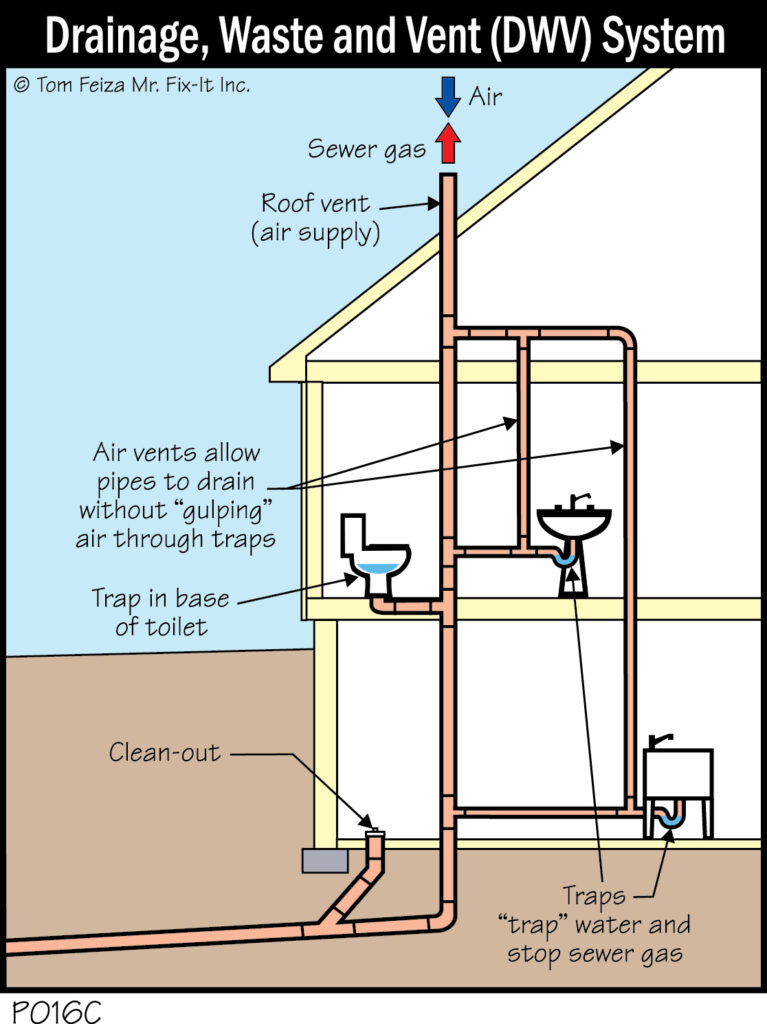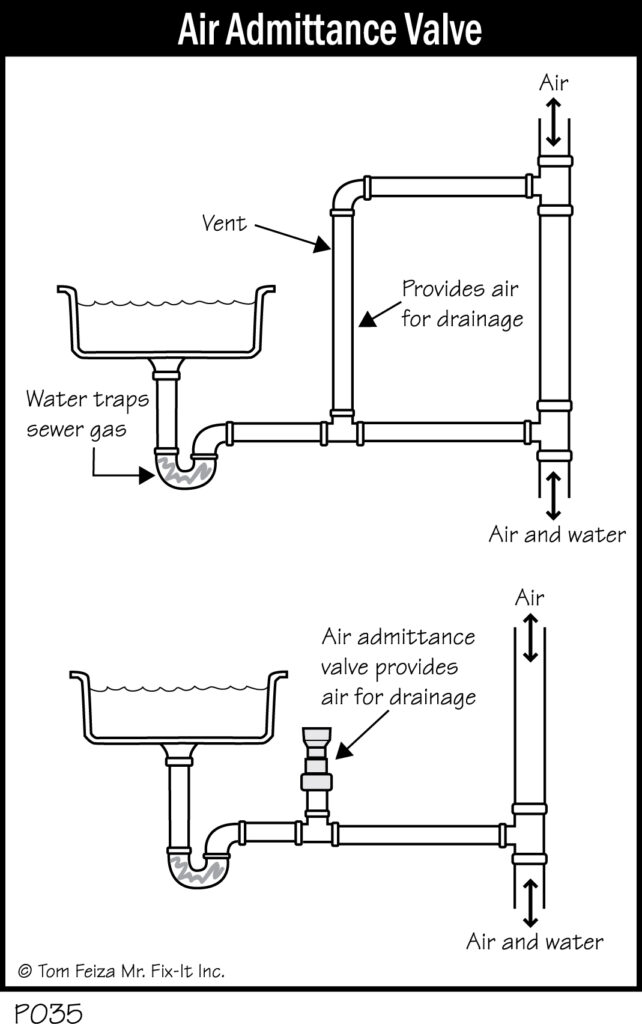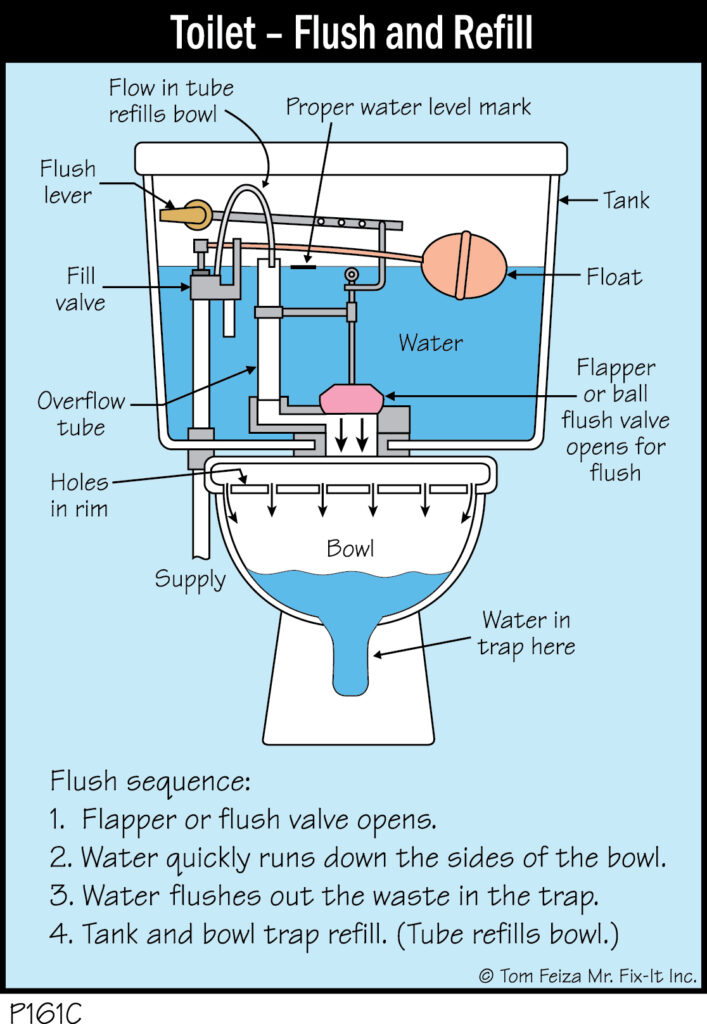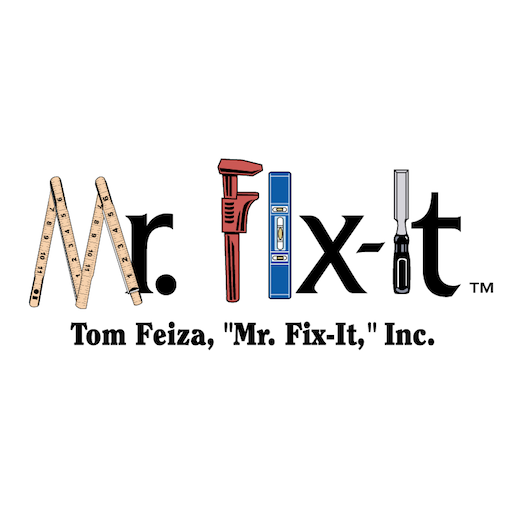
By Tom Feiza, Mr. Fix-It Inc, HowToOperateYourHome.com
We inspect modern and old plumbing systems and all plumbing traps should have a vent – right? We check for non-vented fixtures every day and document them as defects and amateur work. We know a poorly vented trap or an S-Trap will gurgle as it sucks air and water down the trap. Some create a strong suction as the water flows down the trap and pipe. With no water in the trap we have lost our trap seal and we have a sewer smell and safety issue.
All Plumbing Systems Depend on Vents
All modern drainage waste and vent (DWV) systems (P016C Drainage waste and vent (DWV) system) are designed to allow air into the top of the system to help water drain. I like to think of a DWV system as a straw. You can fill a straw with water and stand it up, but if you block the upper end with your finger no water will drain. Remove your finger, air enters the straw and the water flies out.

Re-Venting
When a trap or fixture is more than a few feet from the main drain stack, there is a potential for the horizontal run to be filled with water and create suction on the trap. To prevent this, air is provided to the horizontal run with an additional vent pipe. An air admittance valve may also be used to allow air into the drain pipe. (Illustration P035 Air Admittance Valve) This is a check valve that allows air in and seals against sewer gas leaking out.

Kitchen Island Sink
For a kitchen island, there is no convenient way to vent the horizontal run. You may see a vent pipe that runs below the island to a vent stack in the framing below. With more modern systems, you may see an air admittance valve below the island sink
But Every Home Has Non-vented Traps

But –— here it comes – every modern toilet is a non-vented trap. Have you every thought about that? A modern toilet depends on no vent and a rush of water to create suction and clear the bowl and trap of waste and water. A toilet also depends on a trap full of water to prevent smells and safety issues related to sewer gas.
The key with a toilet is after every flush; the toilet automatically re-fills its trap with water. After the water in the tank is used to flush the bowl, water begins to fill the tank. Part of the tank fill system uses a small tube that directs water into the overflow tube in the tank. This water bypasses the tank and flows directly into the bowl and re-fills the trap.
